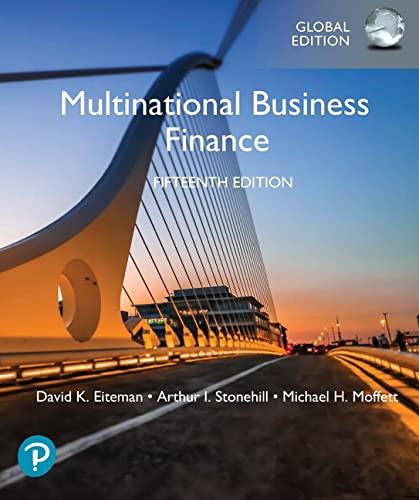LEUWS u Uffe ver EU LOSE OF Lapital A company is going to finance itself with the capital structure shown below. The company will generate a perpetual series of cash flows that will not grow. Management plans to measure the value of the firm and the value of each of its securities based on the information below and some additional assumptions outlined in each part of the problem. For each part of the problem, measure the value of the firm using the WACC valuation method and measure the value of cach of the securities the company uses to finance itself. Then use the APV method to value the firm. Finally, measure the company's equity free cash flow and use the Equity DCF valuation method to value the company's equity. Debt to firm value Preferred stock to firm value Unlevered cost of capital Debt cost of capital Preferred stock cost of capital. Equity cost of capital. Income tax rate for interest (TNT) Unlevered free cash flow Growth rate... 40.0% 20.0% 12.0% 9.0% 10.0% ??? 40.0% $1,000 0.09 cash flow Growth rate. 40.0% $1,000 0.0% Assume the company is going to issue short-term debt and continually refinance itself such that the dis- count rate for the company's interest tax shields is equal to the unlevered cost of capital. b. Assume that the company is going to issue long-term debt and preferred stock such that the discount rate for the company's interest tax shields is equal to the debt cost of capital. Assume that the company annually refinances itself to maintain a constant proportionate capital structure. d. Compare the equity cost of capital, weighted average cost of capital, value of the firm, value of each of the company's securities, and equity free cash flow for parts (a), (b) and (c) of the problem. Explain how and why they differ C. LEUWS u Uffe ver EU LOSE OF Lapital A company is going to finance itself with the capital structure shown below. The company will generate a perpetual series of cash flows that will not grow. Management plans to measure the value of the firm and the value of each of its securities based on the information below and some additional assumptions outlined in each part of the problem. For each part of the problem, measure the value of the firm using the WACC valuation method and measure the value of cach of the securities the company uses to finance itself. Then use the APV method to value the firm. Finally, measure the company's equity free cash flow and use the Equity DCF valuation method to value the company's equity. Debt to firm value Preferred stock to firm value Unlevered cost of capital Debt cost of capital Preferred stock cost of capital. Equity cost of capital. Income tax rate for interest (TNT) Unlevered free cash flow Growth rate... 40.0% 20.0% 12.0% 9.0% 10.0% ??? 40.0% $1,000 0.09 cash flow Growth rate. 40.0% $1,000 0.0% Assume the company is going to issue short-term debt and continually refinance itself such that the dis- count rate for the company's interest tax shields is equal to the unlevered cost of capital. b. Assume that the company is going to issue long-term debt and preferred stock such that the discount rate for the company's interest tax shields is equal to the debt cost of capital. Assume that the company annually refinances itself to maintain a constant proportionate capital structure. d. Compare the equity cost of capital, weighted average cost of capital, value of the firm, value of each of the company's securities, and equity free cash flow for parts (a), (b) and (c) of the problem. Explain how and why they differ C








